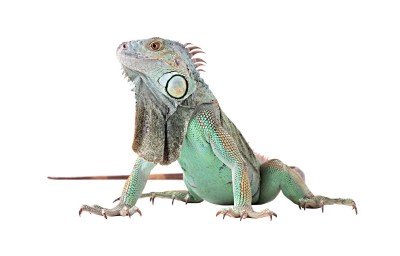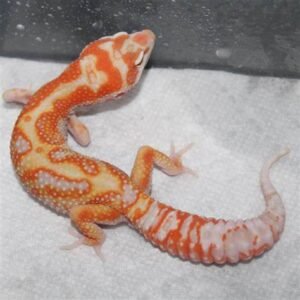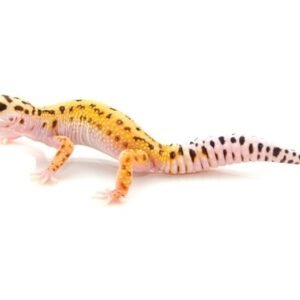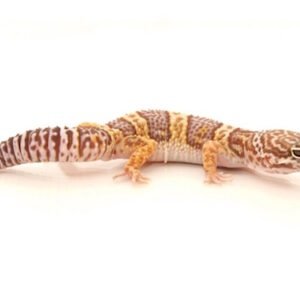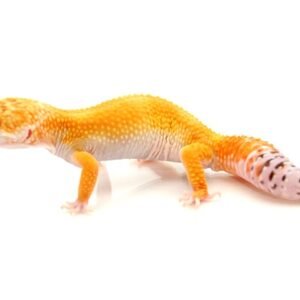Understanding the Green Iguana: Habitat and Behavior
The green iguana (Iguana iguana) is a native species found in the tropical rainforests of Central and South America, as well as certain Caribbean islands. In the wild, these reptiles thrive in environments that boast ample foliage, diverse vegetation, and access to water. The warm climate combined with high humidity levels is essential for their overall health and well-being. By understanding their natural habitat, iguana owners can better replicate these essential conditions in captivity, allowing their pets to flourish.
In the wild, green iguanas are primarily arboreal, spending a substantial amount of time in trees. This behavior is crucial for their survival, as they can find food and escape predators in the canopy. As a result, it is vital for pet owners to create vertical spaces in their enclosures, offering branches and platforms that mimic their natural environment. A well-designed habitat will not only provide climbing opportunities but will also offer adequate hiding spaces. This reduces stress and promotes a sense of security, mimicking the iguana’s wild instincts.
Another significant aspect of iguana behavior is their social dynamics. Green iguanas exhibit territoriality, especially among males. In a multi-iguana setting, it’s important to monitor their interactions closely to prevent aggressive behaviors. While some iguanas can coexist, others may require separate habitats to maintain harmony. Furthermore, iguanas have shown varying degrees of adaptability in interacting with humans. Regular gentle handling can foster trust and reduce stress, which is essential to their overall health in a domestic environment.
Creating a habitat that mirrors their native conditions—including appropriate temperature gradients, sufficient humidity, and UVB lighting—is paramount. This ensures that green iguanas can regulate their body temperature and synthesize vitamin D3, crucial for healthy bone growth. Owners must take these factors into account when caring for their iguanas, as maintaining a suitable environment directly influences their well-being and longevity.
Essential Care Tips for Your Green Iguana
To maintain a happy and healthy green iguana, owners must address several fundamental care components, including diet, housing requirements, and health care. Proper nutrition is pivotal; green iguanas are primarily herbivorous and require a diet rich in leafy greens, fruits, and some vegetables. Recommended food staples include collard greens, dandelion greens, and hibiscus leaves, which should be complemented with occasional fruits such as papaya or mango. It is crucial to avoid feeding iguanas high-calcium vegetables, as these may lead to dietary imbalances. Supplementation with calcium and vitamin D3 is also essential, particularly if natural sunlight or UVB rays are limited.
Housing requirements for a green iguana involve providing an appropriately sized enclosure that allows for both physical activity and mental stimulation. A minimum enclosure size of 6 feet tall, 4 feet wide, and 2 feet deep is recommended for adult iguanas. Creating thermal gradients within the habitat is necessary, with a basking area of around 90-95°F and a cooler side of approximately 75-80°F. Utilizing specialized UVB lighting is vital for the metabolic health of your iguana, as it helps them synthesize vitamin D3. Additionally, maintaining humidity levels between 60% and 80% is crucial for their well-being, necessitating regular misting and a water source for hydration.
Regular health checks are important to spot issues early on. Observing signs such as changes in appetite, lethargy, or abnormal droppings can be indicative of underlying health problems. When health concerns arise, it is essential to seek veterinary care promptly to ensure optimal health outcomes. Understanding these essential care tips enables iguana owners to create an environment conducive to their pet’s thriving, ensuring a long and healthy life.

